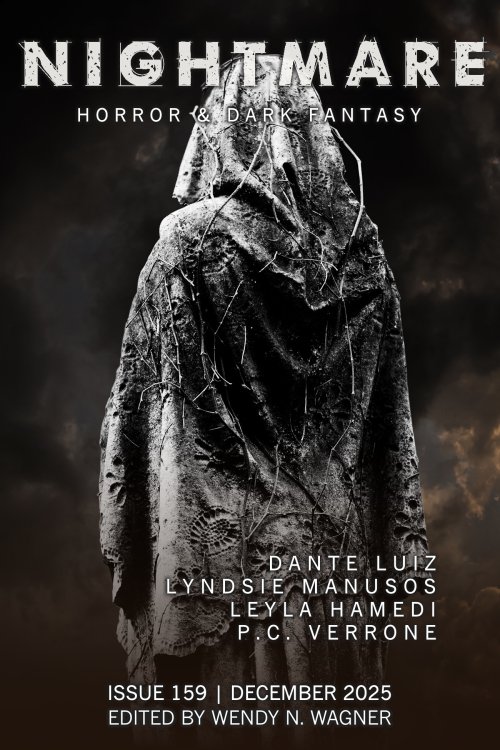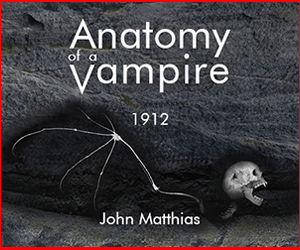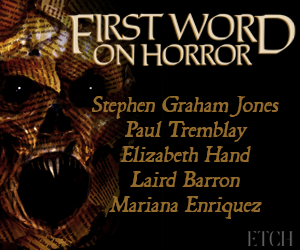Nonfiction
The H Word: Food for Thought
I haven’t eaten meat since I was eleven. I was the only vegetarian in my school, in a little farming town where the largest employer was the local slaughterhouse. It wasn’t an easy decision to swim against that overwhelming social current, but it’s one from which I have never since retreated. Looking back, I see a willful child stretching for individuality and control over her life, but I think that even then I understood what I do now: that on a fundamental level, what we choose to eat defines us.








